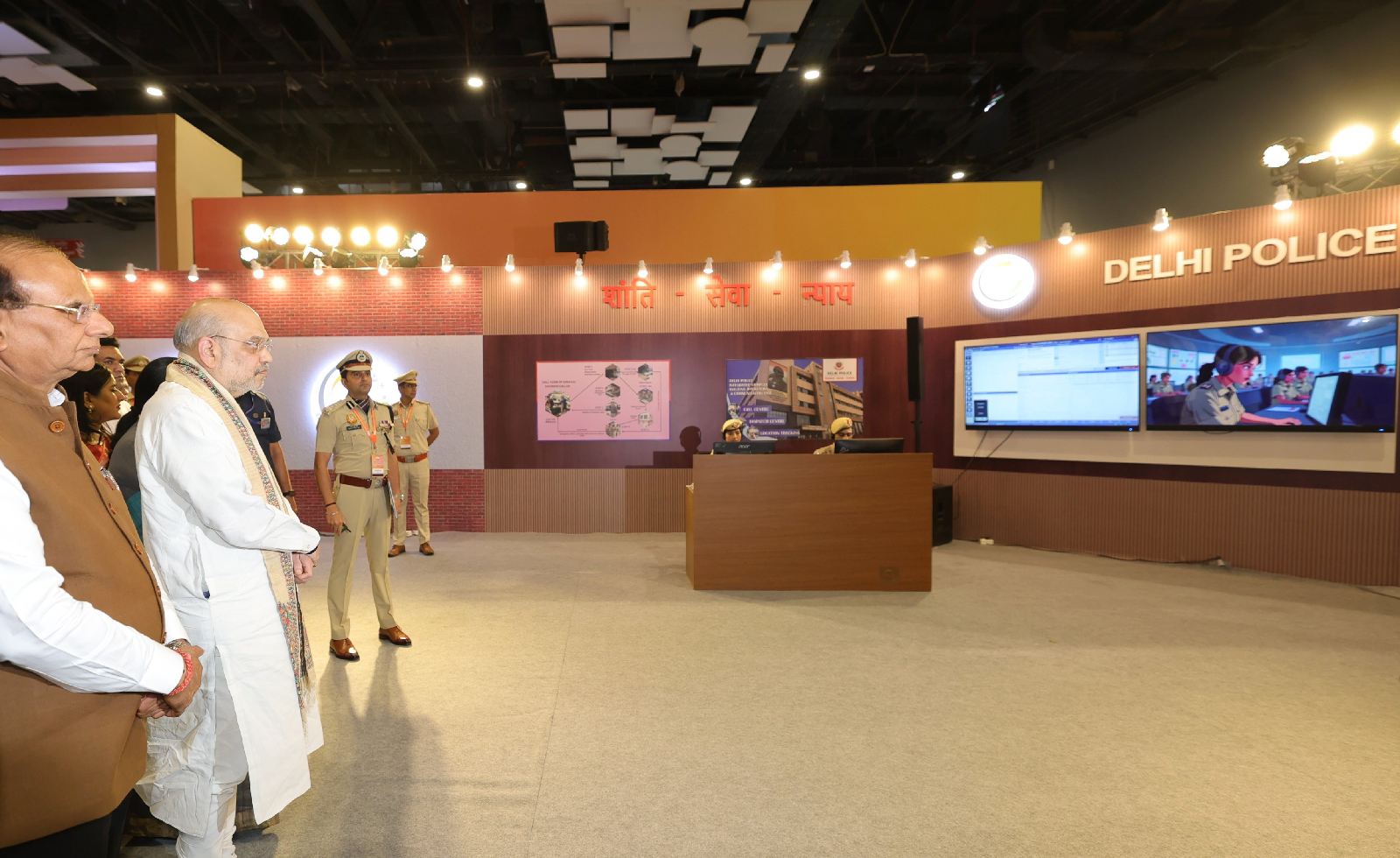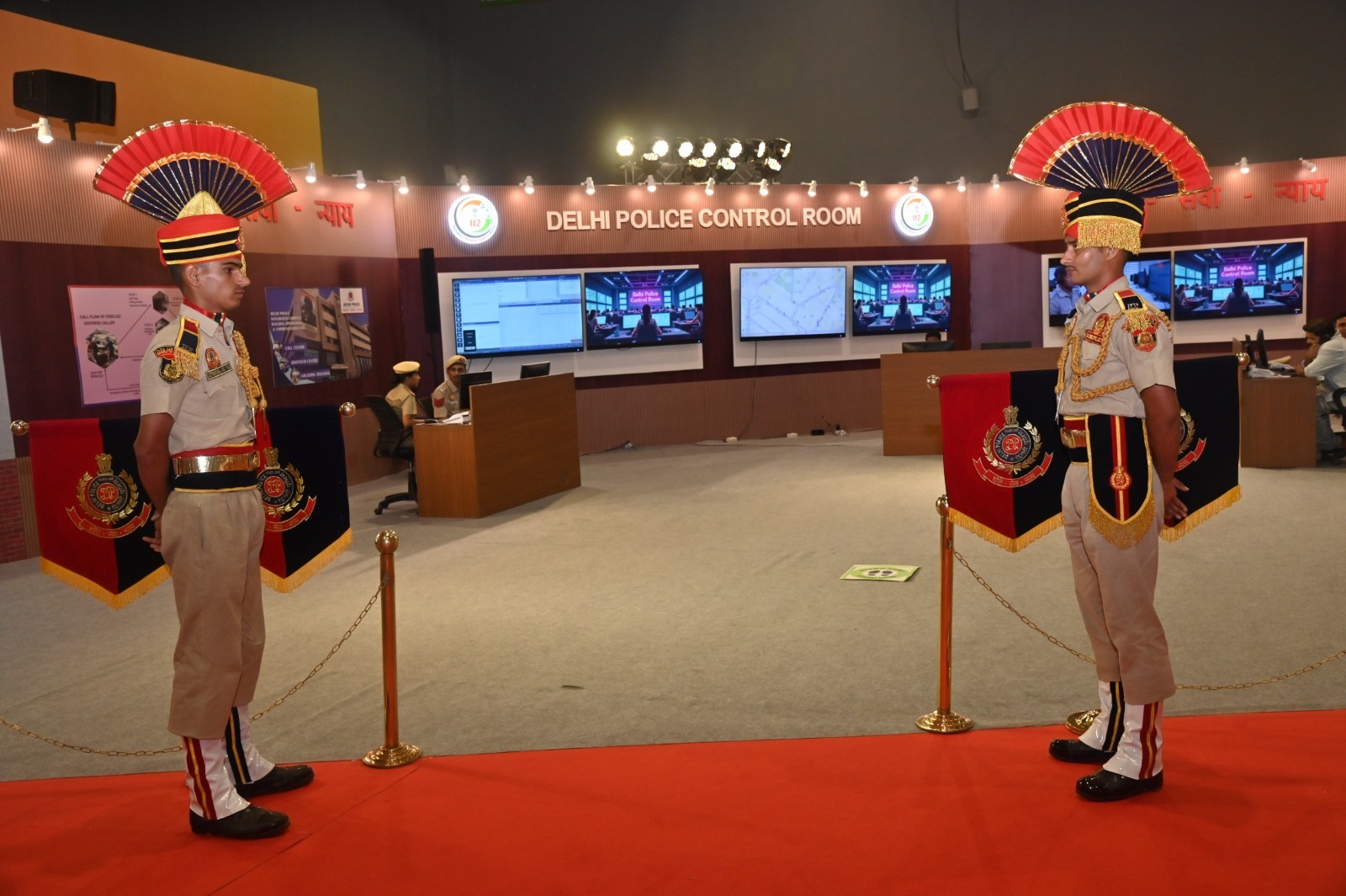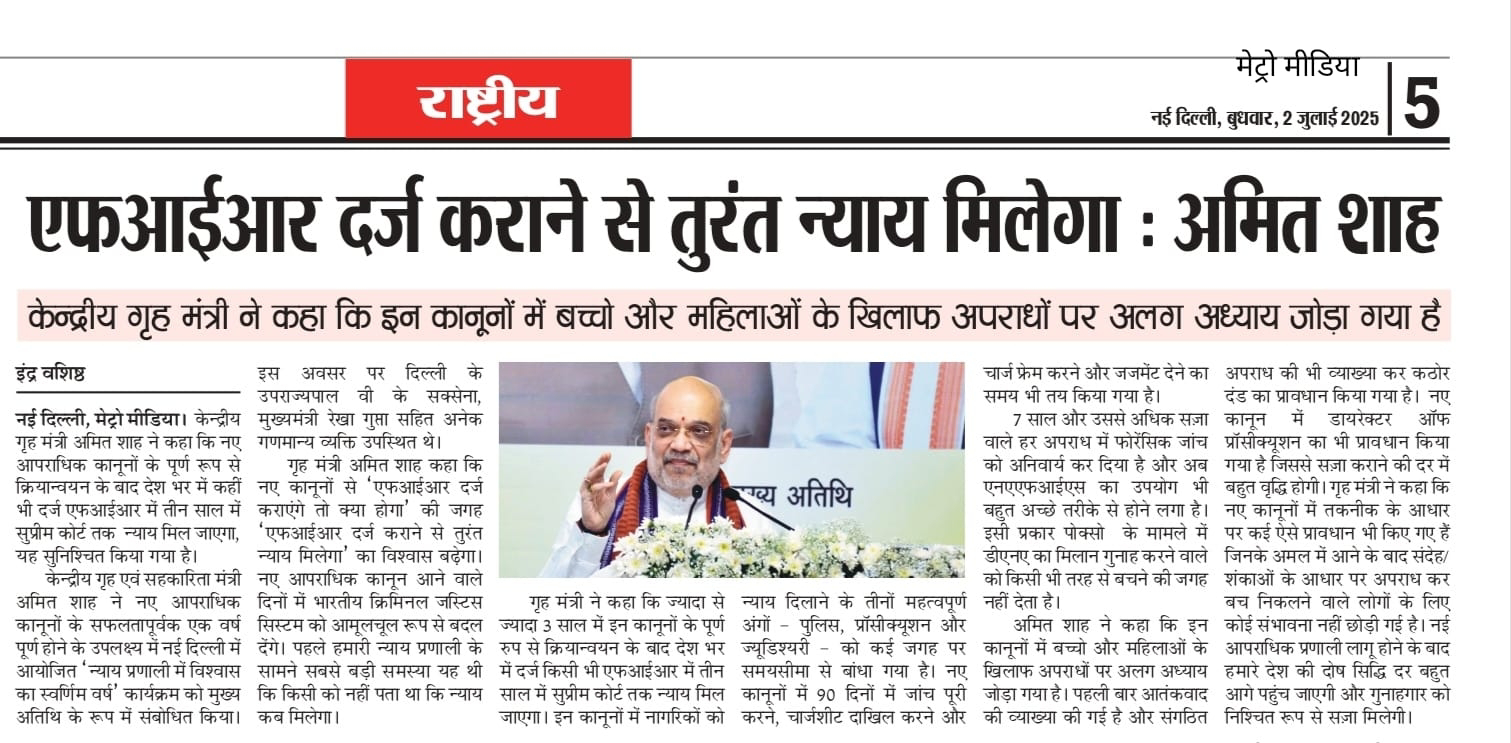New Criminal Laws: The Journey from Reporting a Crime to the Final Court Decision
Inder Vashisth
New Delhi, To mark the first anniversary of the implementation of the new criminal laws—the Bharatiya Nyaya Sanhita, Bharatiya Nagarik Suraksha Sanhita, and Bharatiya Sakshya Adhiniyam, which came into force on 1st July 2024—a week-long exhibition has been organised at Bharat Mandapam, New Delhi, from 1st July to 6th July 2025.
Joint Commissioner of Delhi Police (Crime Branch ) Surendra Kumar said this exhibition aims to create widespread awareness about the key features of the new legal framework and to showcase the seamless technological and institutional synergy among the five foundational pillars of the criminal justice system—Police, Hospitals, Forensic Departments, Prosecution, and Courts.
Immersive and Interactive Demonstrations:
The exhibition is designed to provide an immersive experience through a combination of audio-visuals, animations, and live play-acting, bringing to life the entire journey of a criminal case—from the initial receipt of a crime call to the investigation, evidence collection, trial, and even the appeal process.
The exhibition has been thoughtfully divided into nine thematic stations, each representing a stage in the criminal justice chain. These stations effectively illustrate the transformation brought by the new laws and the integration of advanced digital tools in day-to-day law enforcement and judicial proceedings.
Some major features highlighted in the exhibition include:
Mandatory Visit of Forensic Experts: In all cases involving offences punishable with more than 7 years of imprisonment, it is now mandatory for forensic experts to visit the scene of the crime, enhancing the scientific rigour of the investigation.
Use of eSakshya: Digital collection and storage of evidence using the eSakshya platform, ensuring tamper-proof handling and admissibility in court.
eForensics 2.0 Integration: Through CCTNS, exhibits are now electronically sent to Forensic Laboratories for analysis, reducing delays and improving efficiency.
MedLEaPR for MLC and Post Mortem Reports: The MedLEaPR application enables hospitals to directly send post-mortem reports to investigating agencies via CCTNS, ensuring secure and speedy exchange of medical evidence.
Extended Window for Police Custody Remand: Investigating officers can now seek police custody of an accused at any time within the first 60 days of arrest, rather than the earlier rigid time window.
Digital Sharing of Draft Chargesheets: Through Object Storage, draft chargesheets can be shared with the prosecution without file size limitations, streamlining the scrutiny process.
Video Conferencing for Recording Evidence: Witnesses can now depose through video conferencing, reducing logistical constraints and increasing safety.
Biometric and Facial Recognition Tools: Use of NAFIS (National Automated Fingerprint Identification System) and Chitrakhoji (facial recognition) to identify repeat offenders more effectively.
Trial in Absentia: The new laws provide for trial in absentia in specific circumstances, addressing long-standing delays due to absconding accused persons.
Jail Superintendent’s Duty for Bail Applications: Undertrial prisoners who have undergone 1/3rd of the maximum sentence for the offence are now entitled to have their bail applications moved proactively by the Jail Superintendent.
This exhibition highlights the progressive legal reforms undertaken to strengthen the justice delivery system.
The exhibition is open to the public and stakeholders across law enforcement, legal services, academia, and civil society. It offers a first-hand look at how the new criminal laws are transforming the justice system—from punishment to procedural precision—with an emphasis on victims’ rights, evidence-based investigation, and digital efficiency.











No comments:
Post a Comment